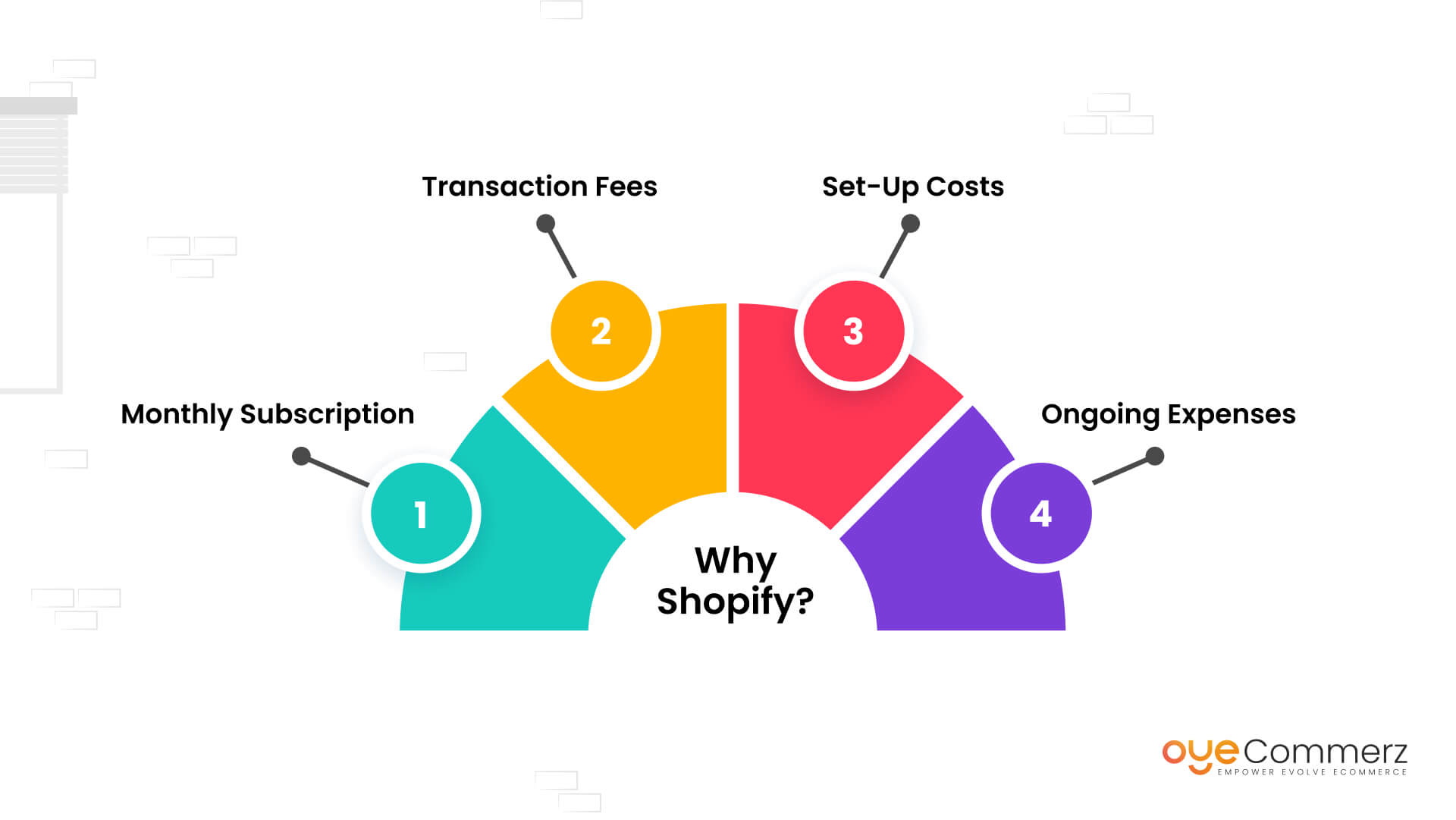Transitioning from WordPress to Shopify marks an promising step toward streamlining your e-commerce operations. As companies grow, selecting a platform that supports scalability, user experience, and flexibility becomes crucial. Shopify has emerged as a favorite for e-commerce professionals, offering superior flexibility, data protection, and user-friendliness. In this guide, we will delve into why this migration is a game-changer, discuss the advantages, and share practical tips to ensure a seamless move.
1. Why Migrate from WordPress to Shopify?
WordPress, paired with WooCommerce, continues to support countless e-commerce platforms. However, as companies expand, issues like plugin dependency, data risks, and technical complexities often obstruct growth. Shopify, specifically created for e-commerce, addresses these concerns with an all-in-one, intuitive platform. Real data back this shift—Shopify hosts over 4.4 million stores worldwide, with a reported 10% increase in sales performance for numerous merchants post-switch.
2. Shopify's Advantages for Thriving Online Stores
Shopify’s robust ecosystem is tailored for scaling businesses. Its standout benefits include:
- Seamless Customization: Shopify offers over 80 professionally designed themes.
- Integrated Tools: Features like Shopify Payments and built-in SEO save time and effort.
- Global Reach: Multi-currency support and localization features empower brands to reach global markets.
Additionally, Shopify delivers an uptime rate of 99.98%, ensuring your store remains accessible.
3. Getting Ready for Your WordPress-to-Shopify Transition
Before migrating, assess your existing setup. Analyze product data, client information, and SEO performance. Resources such as Shopify’s Migration Kit or third-party solutions can simplify this process. Develop a comprehensive plan, ensuring all resources—product descriptions, images, and articles—are optimized for transfer.
4. The Importance of Accurate Data Migration
Data migration is a cornerstone of a smooth transition. When migrating from WordPress to Shopify, focus on:
- Inventory Details: SKU, descriptions, and categories.
- Customer Shopify migration process Data: Emails, purchase records, and preferences.
- Search Engine Considerations: Preserve meta tags, URLs, and forwarding paths to maintain search rankings.
Use apps like LitExtension to facilitate seamless migration while minimizing errors.
5. Tailoring Your Shopify Store to Fit Your Brand
After the move, customizing your Shopify store helps it reflects your brand. Take advantage of Shopify’s drag-and-drop editor to create layouts with ease. Shopify's themes are mobile-responsive, providing a smooth UX across devices—a key point, since 74% of e-commerce traffic is generated by mobile users.
6. How to Protect Your SEO Rankings When Switching Platforms
SEO is vital for maintaining your visibility during migration. Shopify excels in SEO with organized link formatting, built-in optimization tools, and seamless blog integration. Make sure you:
- Implement 301 redirects for existing links.
- Enhance updated content with keyword-rich content.
- Use Shopify's apps Plug in SEO to monitor performance after the switch.
7. Post-Migration Testing
After finishing the transfer, conduct thorough testing.
Check: - Page load times (Shopify boasts faster speeds in contrast with WP).
- Payment integration reliability and transaction flow.
- Mobile responsiveness.
Quality assurance guarantees your store delivers a smooth shopping journey from the start.
8. Case Study of a Successful Migration
One such migration success story is Gymshark, a sportswear company that transitioned to Shopify. Post-migration, the company experienced a 60% increase in mobile sales and significantly lowered site downtime. This showcases the potential of Shopify in enhancing e-commerce growth.
9. Challenges and Solutions
Migration comes with challenges, such as information accuracy and reconfiguring custom functionalities. However, Shopify’s robust support and external professionals simplify the process. Collaborating with experienced Shopify developers ensures a trouble-free transition.
10. Making the Switch: The First Step Toward Success
Migrating from WordPress to Shopify marks a strategic approach to e-commerce. By addressing scalability, streamlining operations, and improving buyer satisfaction, Shopify enables companies to succeed in competitive markets.
Final Thoughts
Switching from WordPress to Shopify is a strategic move that can greatly enhance your online business performance. With a robust migration plan, the right tools, and professional guidance, you can unlock new success milestones.
Ready to make the leap? Reach out WooCommerce alternative Shopify today to learn how our Shopify migration services can transform your e-commerce platform. Get in touch today, or consider: Is it time to seize Shopify’s advantages for your store?
